Does your child become easily worried? Is he always finding something to be anxious about, whether related to school performance, social appearances, safety, etc.? Sometimes, a story can be a gentle way to help them understand their feelings and learn to calm themselves. Here are some standout children’s books that touch upon these topics:
“Wemberly Worried”
by Kevin Henkes
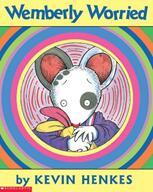
"Worry, worry, worry," her family said. "Too much worry." This is the refrain in Kevin Henkes’s classic story about an anxiety-ridden little mouse. Wemberly has fears large and small, but the one that she simply cannot bear to face? Her first day of school. Both the bright illustrations and Wemberly’s expressive emotions jump off the page, appealing to even young children.
https://www.amazon.com/Wemberly-Worried-Kevin-Henkes/dp/0061857769
“Stephanie’s Ponytail”
by Robert Munsch
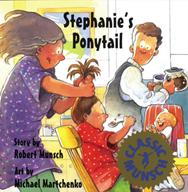
Stephanie’s Ponytail is a rollicking ride; kids often find it hilarious for its story line and also its caricature-like illustrations. With humor and subtle irony, it tells the story of a girl who finds her hairstyles being copied by more and more of her school every day. While it doesn’t place a direct spotlight on anxiety or conformity, it gets through to children who are already grappling with those complicated issues, as well as to those who haven’t yet thought about social pressure on their own.
https://www.amazon.com/Stephanies-Ponytail-Munsch-Kids-Robert/dp/1550374842
“Wilma Jean, the Worry Machine”
by Julia Cook
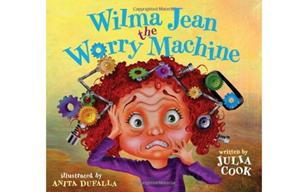
Wilma Jean is self-aware enough to say “I think I had the worry flu,” and to tell the readers about her flu-like symptoms that come together with her mind’s incessant “What if”s. For worried children and the adults who care for them, this book gives strategies and coping tips.
“Alexander and the Terrible, Horrible, No Good, Very Bad Day”
by Judith Viorst
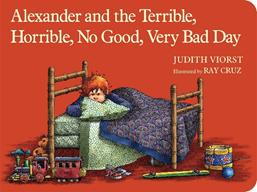
This 1972 story by Judith Viorst remains relevant because of its theme: a child’s “worst day ever.” All children can relate to sometimes feeling like life is unfair and that they’ve been victimized. However, reading about “everything going wrong” can also be eye-opening for children who are always afraid of their next step. Facing their most feared outcome, or following a “What if” thought all the way through, is a technique often used in therapy. This story can help a child realize that although Alexander experienced a bad day, it was still all right in the end.
“Up and Down the Worry Hill”
by Dr. Aureen Pinto Wagner
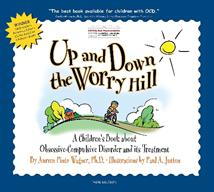
If your child suffers from obsessive- compulsive disorder, he will relate to this longer story about a young boy named Casey. Casey needs to eat his food a certain way, do his drawings a certain way, and check under his bed before going to sleep. He wishes he could just have fun like the other kids, and feels ashamed of his constant inner voice. His parents are loving and supportive, and so is his therapist; eventually, Casey tells the readers that all kids with OCD can be brave and beat OCD by going up and down the worry hill, like him. The book also supplies lots of real-life resources for parents of children with OCD.
https://www.amazon.com/Down-Worry-Hill-Childrens-Obsessive-Compulsive/dp/0979539250
“Mr. Worry”
by Holly L. Niner
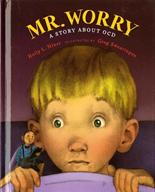
Kevin is a likeable and relatable little boy who often feels too tired to “hang up when Mr. Worry calls.” He, too, encourages worried children by showing them that he is winning the race against Mr. Worry. However, he is aware that he is in a marathon, not only a race, and is armed with his knowledge that he can talk back to Mr. Worry. He can say “That’s nonsense,” and “Don’t call again, because you’re not in charge. I am.” Kevin’s story does focus on medication as an extra tool to help him beat his worries; for children who need to get accustomed to that idea, this can be a helpful book.
https://www.amazon.com/Mr-Worry-Story-about-OCD/dp/0807551821